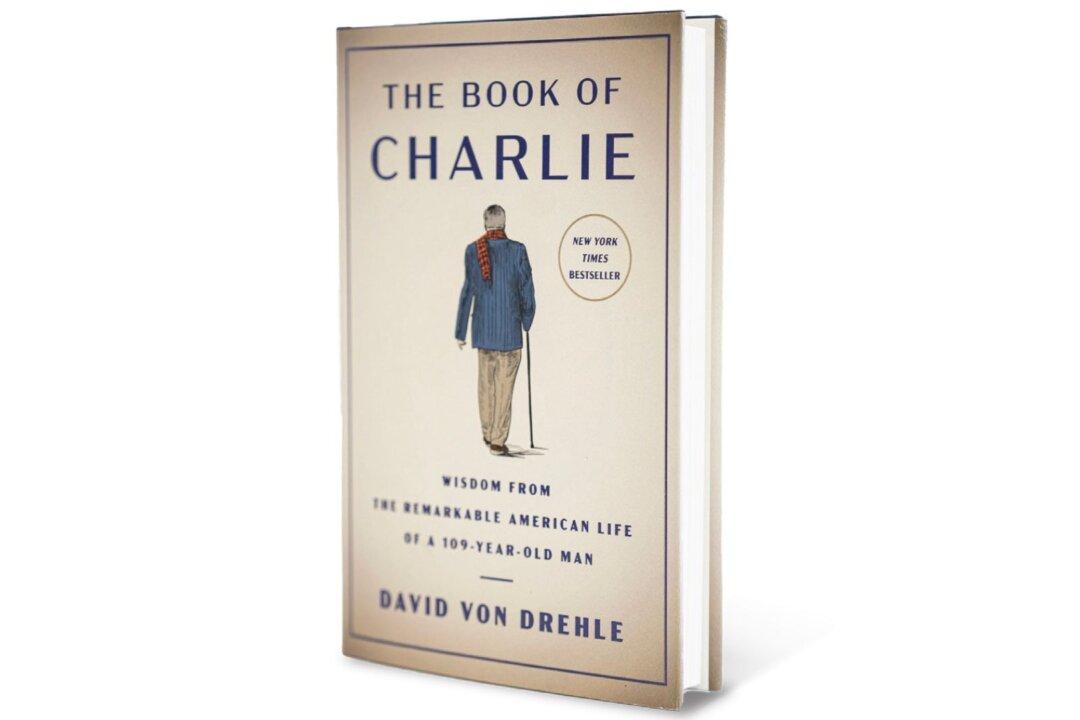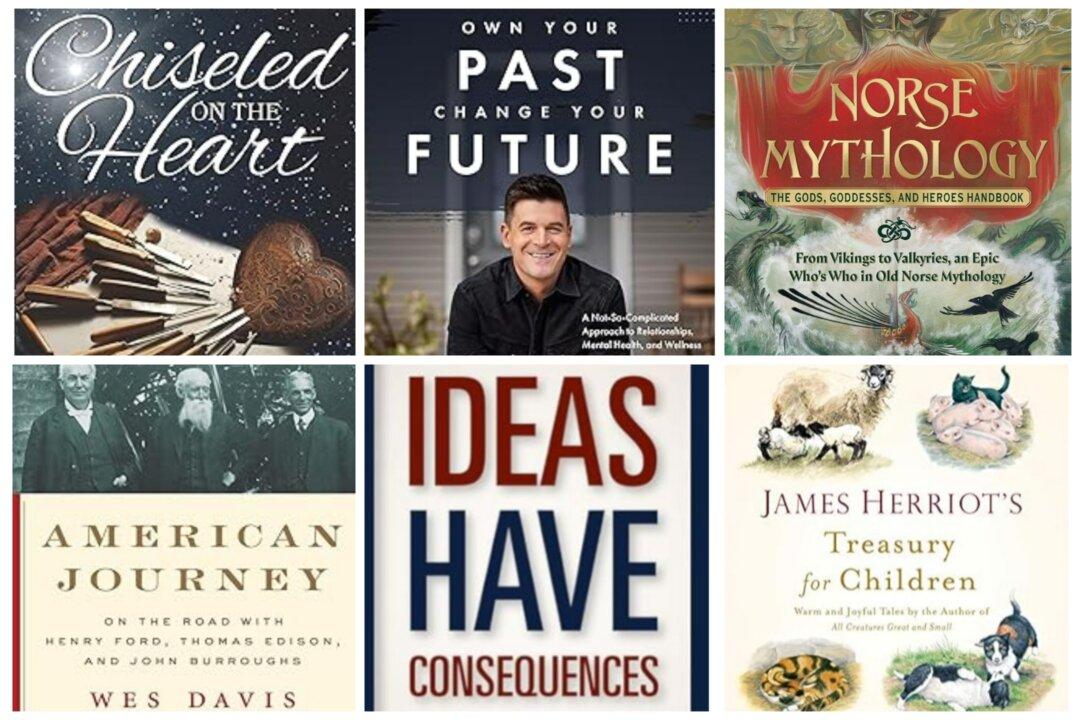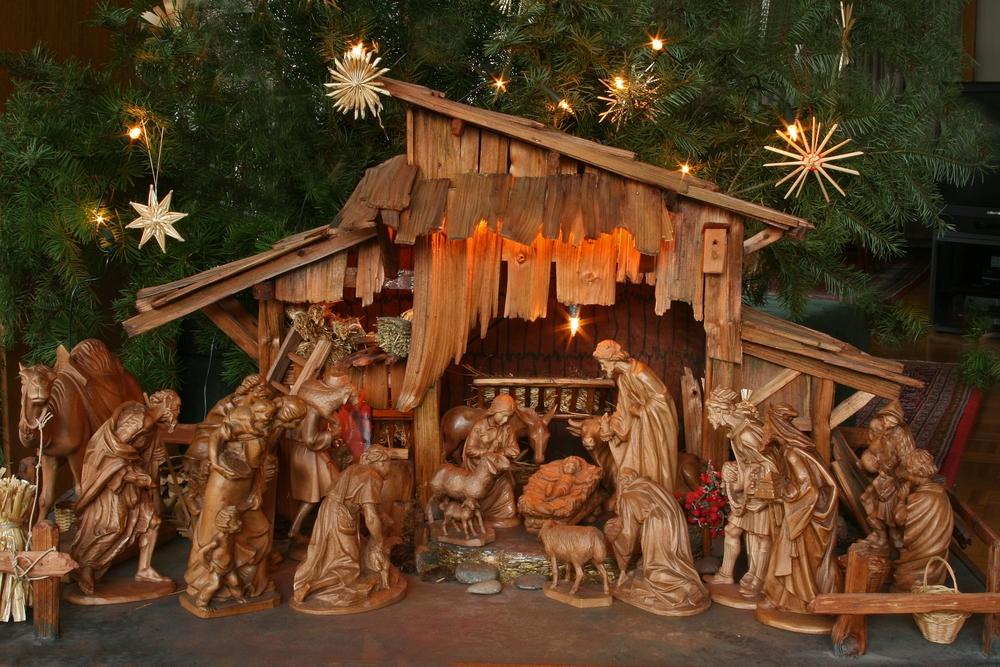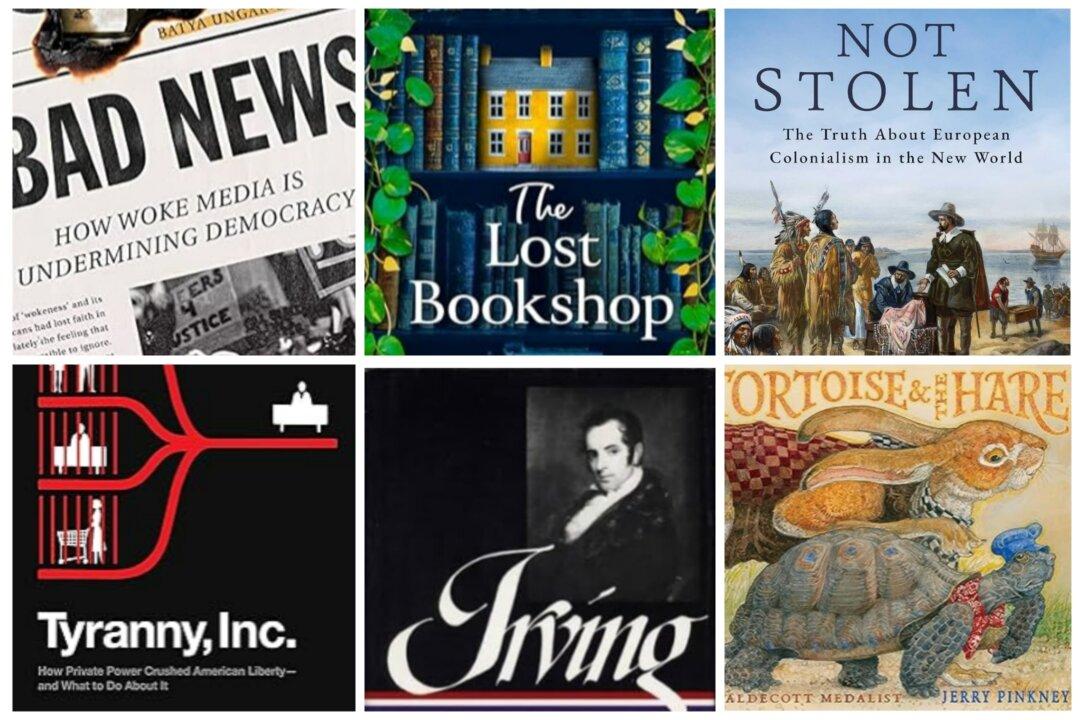My daughter recently treated me with two tickets to our local community theater. Attending this play at the same time I was reading “Tom Lake” was serendipity for sure. Ann Patchett’s latest and ninth novel has its protagonist appearing in a community theater production of Thornton Wilder’s “Our Town.”
The story opens with two friends who have agreed to handle registration for the town’s community theater production auditions. But one of them, Laura, makes a daring choice. Taking the “u” out of her name to appear more worldly (and because she liked Lara in “Dr. Zhivago”), Lara Kenison makes a life-changing decision at 16 to try out for the part of Emily Webb, the play’s young female lead.






